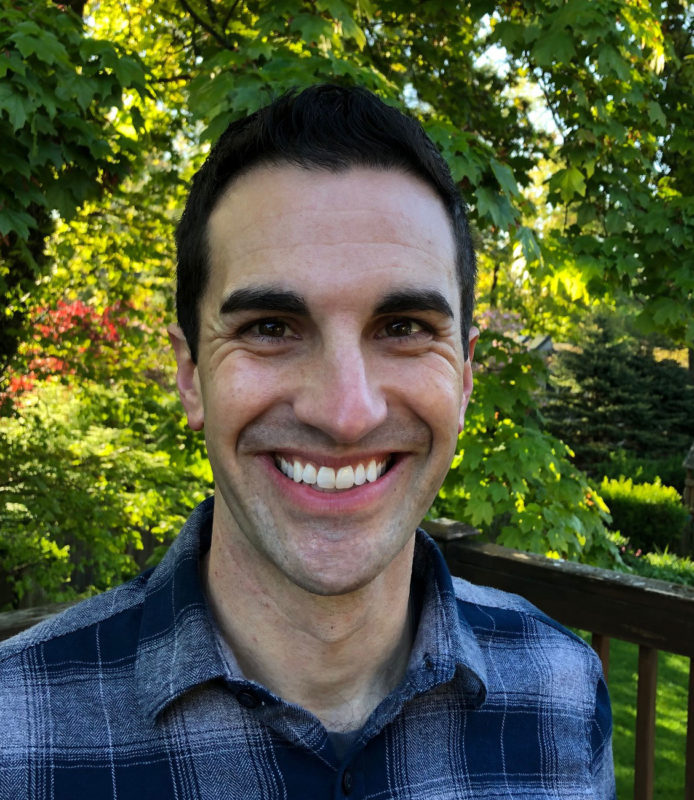In a series of interviews we explore how research clients re-equip their insights teams for more impact in a fast-changing world. This time we speak to Charles Wilson, manager, product consumer insights at New Balance.
How can insights teams lean into accelerating change to identify opportunities that create new value for their employers and themselves?
The most critical thing for insights team is to operate with intention. When we identify a new consumer research opportunity at New Balance, we spend as much time building consensus around the purpose of the research as we do fielding the research itself. Fortunately, we have a consumer-first mentality at New Balance, so the debate is not ‘if’ we should conduct research, but ‘what’ research we should conduct. We also spend significant time determining who we’ll field the research among, and what – if any – products we’ll show consumers.

Kahneman said it best in Thinking, Fast and Slow “what you see is all there is”. We need to ensure that the product frame of reference puts the consumer in an environment where their opinions will yield insights. For example, in our latest study about lifestyle sneakers, we spent the most time debating which shoes from our competitors and us we would include. Insights teams can best accelerate change by staying connected to colleagues who ultimately utilise the research findings to make decisions. I have a regular monthly connect with our cross-functional colleagues, and then meet more frequently when we’re working on a project. If we’re introducing a new methodology or line of questioning in the research, we’ll introduce those concepts as soon as possible. That way, when we discuss the findings within New Balance, our key stakeholders have familiarity with the way in which we asked consumers questions. At the conclusion of a study, we also try to make research findings digestible. I like the conclusions to fit on a single presentation slide, and if we can distil an insight down to a single image or speaking point, even better.
Insights teams can best accelerate change by staying connected to colleagues who ultimately utilise the research findings to make decisions.
Is it only data scientists and analysts that are needed to deal with the latest changes? If not, what other new skills are required?
I breakdown any new learning into three components – the what, the why, and the how:
1. What is happening? How well do we understand the current state of consumer behaviour? This is the most fertile area for data scientists and sales analytics team to uncover new patterns.
2. Why do we believe this is happening? What are the motivations behind the observed consumer behaviour? This is where market research delivers the most value. Think of a sports broadcast: if data analytics is the play-by-play, market research should be the colour commentary.
3. How do we at New Balance collectively do something about it? This is the biggest opportunity area for consumer insights: to not just uncover a unique finding and make a recommendation, but to lead the change alongside internal partners.
It takes time and opportunity to develop all three skillsets, but I believe people can grow into them. Traditional market research focuses on understanding why consumers behave in a certain way. From there, learning how to harness naturally occurring consumer behaviour should augment research studies – Stephens-Davidowitz covers the advantages and limitations of big data astutely in Everybody Lies. Finally, the organisational context matters so much. I believe organisations will increasingly ask insights and analytics departments to propose a path forward from their analysis.
Does this also call for improved soft skills like communication and lateral thinking?
Yes. At New Balance, we have an extremely collaborative environment. Our research projects include cross-functional partners from product marketing, consumer marketing, design, merchandising, and sales.
One of the most powerful things we’ve done at New Balance is to spend an extra day in market before or after qualitative work. It allows everyone to see the retail experience through the eyes of the consumer, and adds perspective for how consumer research participants respond. Our internal teams are in constant communication, but it’s often focused on a particular product or programme. Our research studies allow everyone to take a broader view. However, if our insights aren’t presented in a way that resonate with each respective team, we haven’t maximized the value of the research. Communicating on a regular basis with your internal partners – about research, the business in general, or simply staying in touch – helps improve research design. Then for the output, we’ll present as often as needed to convey the new learning. Another approach that’s worked well for us is to summarise the research findings in a short video with other New Balance colleagues. This makes the research approachable, and allows other people to speak about what they valued most from the work.
When we think about adding people to our team, any new team member must have a combination of technical skills and the right attitude to thrive in such a collaborative environment.
Is it easier to import new talent or to identify areas of training and work environments that can accelerate knowledge acquisition and career development?
With our consumer-first mentality at New Balance, it means everyone must consider the consumer impact in decision-making. We work with teams internally to guide the research approach to their strategic questions. When evaluating vendors, we look for those who can help us accelerate the knowledge transfer internally. That means either help us uncover a truly unique insight, or help us convey an insight in a memorable way. When we think about adding people to our team, any new team member must have a combination of technical skills and the right attitude to thrive in such a collaborative environment. As such, we tend to look for people who have an inherent interest in this space – it’s sports and sneakers, it should be fun!


